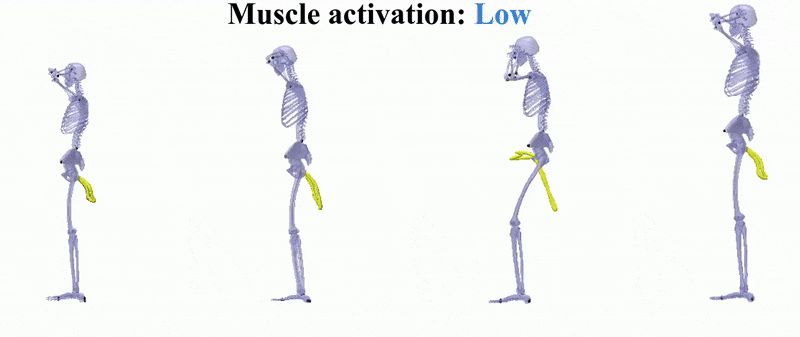Researchers at the University of California San Diego have developed a novel model powered by generative AI, designed to help athletes prevent injuries and facilitate rehabilitation. Named BIGE (Biomechanics-informed GenAI for Exercise Science), this innovative tool not only enhances training methods but also aims to improve overall athletic performance.
BIGE leverages data from athlete movements combined with detailed information about biomechanical constraints, such as muscle force limits. This approach enables the model to generate videos that athletes can utilize to mimic safe training techniques, thereby reducing the risk of injury. Additionally, BIGE can suggest movements that support continued exercise during recovery periods.
The implications of BIGE are significant. According to Andrew McCulloch, a distinguished professor in the Shu Chien-Gene Lay Department of Bioengineering at UC San Diego and a senior author of the research, “This approach is going to be the future.” He notes that BIGE is unique in its combination of generative AI and realistic biomechanics, setting it apart from existing models that often produce unrealistic movement simulations.
Advancements in Athletic Training and Rehabilitation
The researchers trained BIGE using motion-capture data from individuals performing squats, which were then translated onto 3D-skeletal models. This process allowed the model to compute forces and generate more physically realistic movements. The next steps for the team include expanding the model’s application beyond squats and personalizing it for individual athletes.
Co-author Rose Yu, a professor in the UC San Diego Department of Computer Science and Engineering, emphasizes the broader applications of this methodology. “This methodology could be used by anyone,” she stated, highlighting its potential to assess fall risks in elderly individuals, among other uses.
The research team recently presented their findings at the Learning for Dynamics & Control Conference held in Ann Arbor, Michigan. Their work not only demonstrates the capacity of AI to enhance sports science but also opens up new avenues for rehabilitation practices across various populations.
As the landscape of sports science continues to evolve, tools like BIGE may play a crucial role in ensuring athletes can train effectively while minimizing the risk of injury. With ongoing research and development, the potential for AI to transform the way athletes approach training and recovery appears promising.
